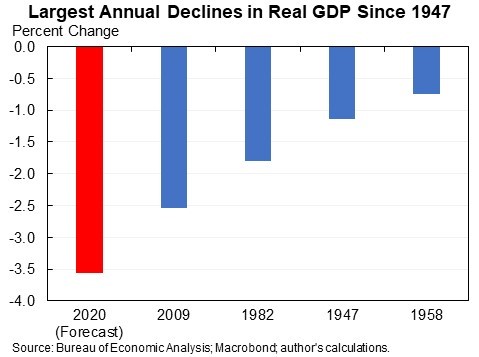
This isn’t a debate that can be settled by theory.
The theory (as well as evidence and financial market data) are clear: larger fiscal measure = more inflation.
The theory (as well as evidence and financial market data) are clear: larger fiscal measure = more inflation.
https://twitter.com/austan_goolsbee/status/1358405078852501505
The questions are magnitudes and balancing risks:
1. How much benefit from relief/stimulus?
2. How much inflation?
3. Is extra inflation desirable/undesirable?
4. If undershoot on output or overshoot on inflation how costly to correct later?
1. How much benefit from relief/stimulus?
2. How much inflation?
3. Is extra inflation desirable/undesirable?
4. If undershoot on output or overshoot on inflation how costly to correct later?
Having a “stimulus” theory or “relief” theory doesn’t tell us $1T, $2T, or $5T.
Moreover size of relief is related to output gap. If output gap was zero and UR was 3% then no relief or stimulus needed. If they were 5% and 10% respectively then a lot needed.
If the output gap is $100 then net incomes are $100 below. You’ll want to do less than $100 of relief because some of that is lost profit and much more than $100 because of targeting issues and $100 is net not gross.
From a relief perspective you also want money for virus, schools, etc.
From a stimulus perspective you want more than the $100 output gap because the multiplier is less than. 1. Then want to base composition on relief needs and investment desires.
In both cases right now need to adjust. Adjust down given healthier balance sheets and constrained consumption/production possibilities. And relief adjusted up because of greater variance of outcomes for people.
This assumed we know output gap is $100. We don’t. So want to balance risks of too large against too small. I think erring on larger side the better way to do that balance. But what # does that mean???
• • •
Missing some Tweet in this thread? You can try to
force a refresh




